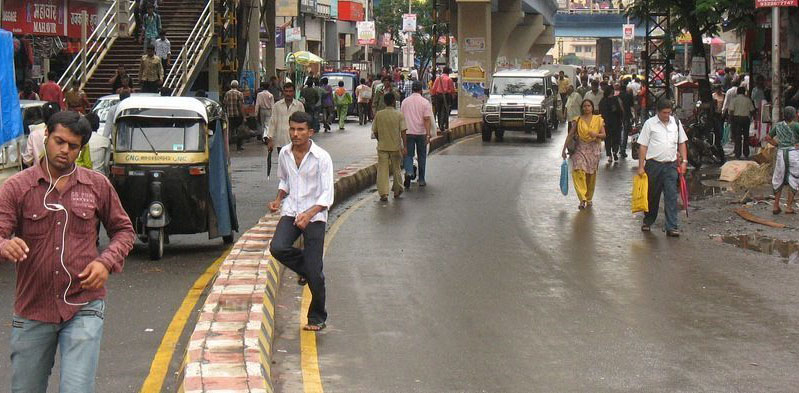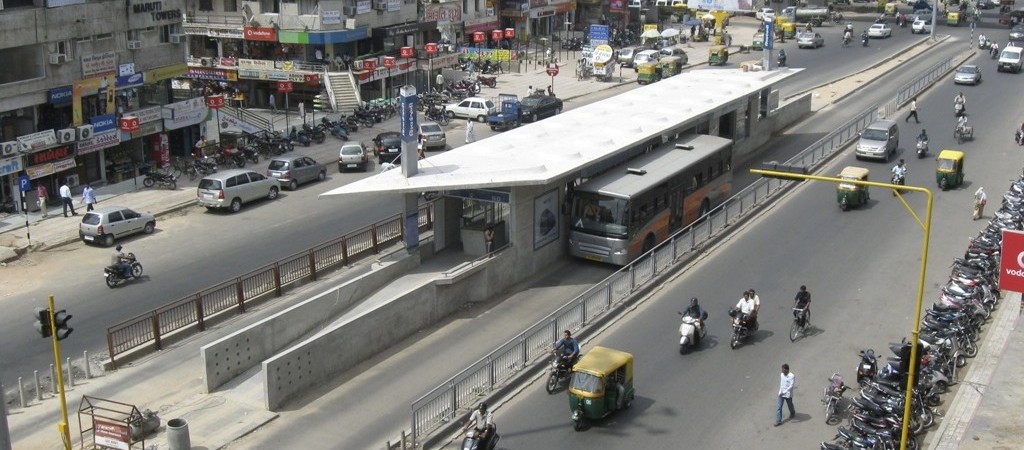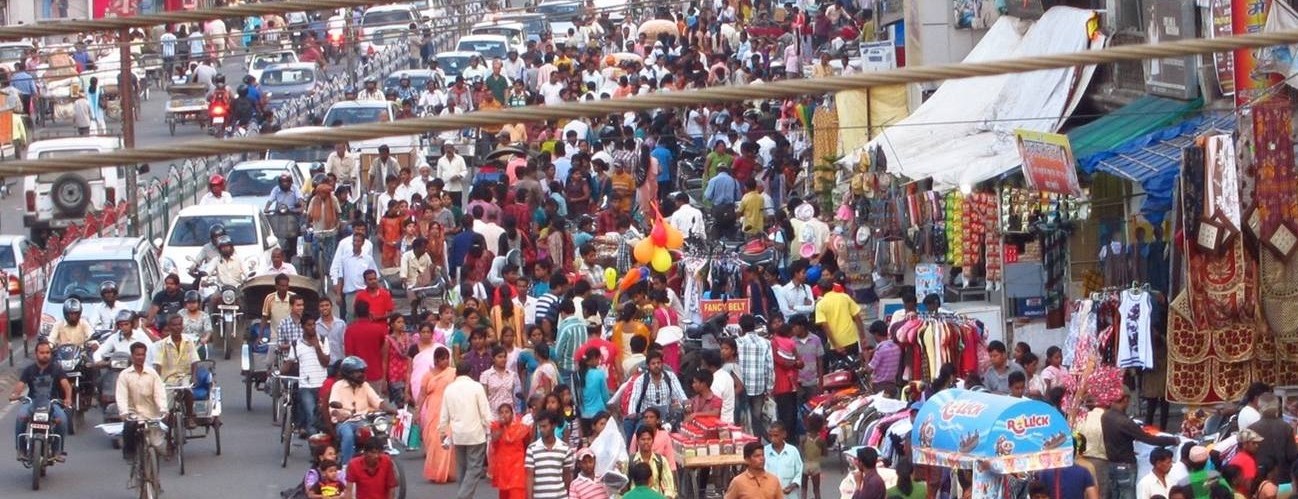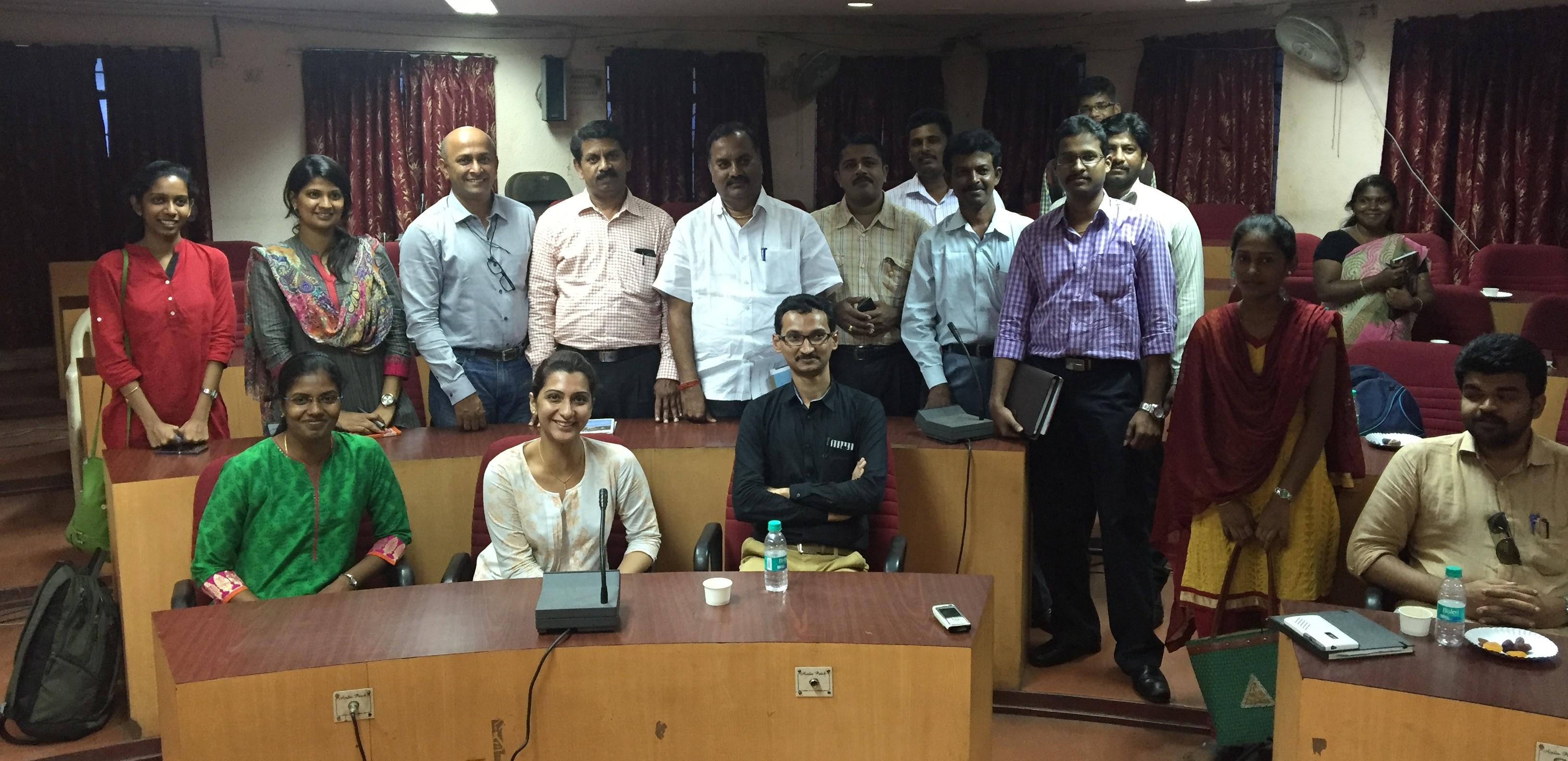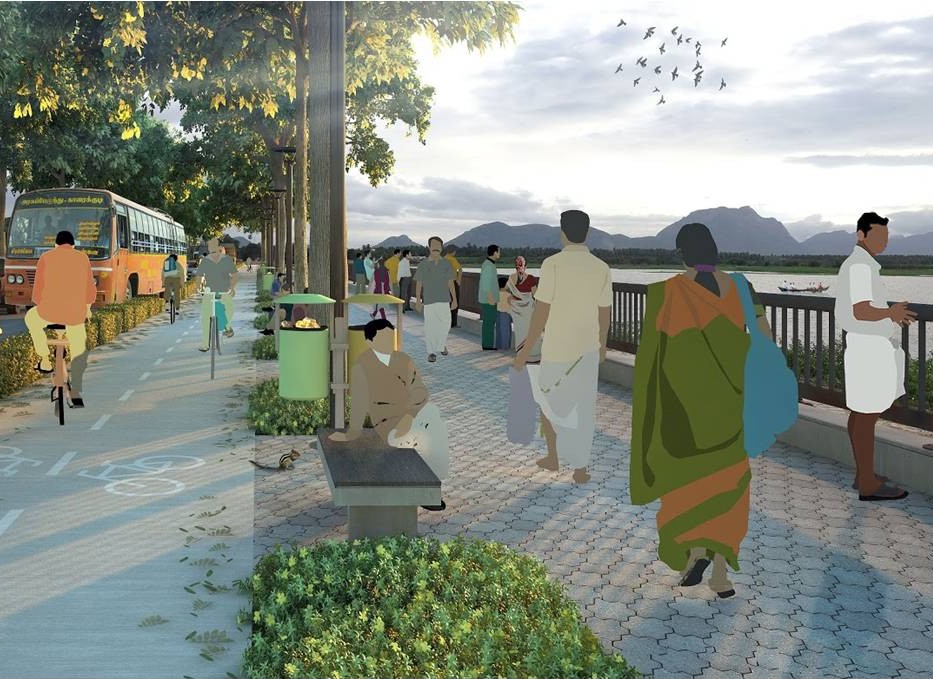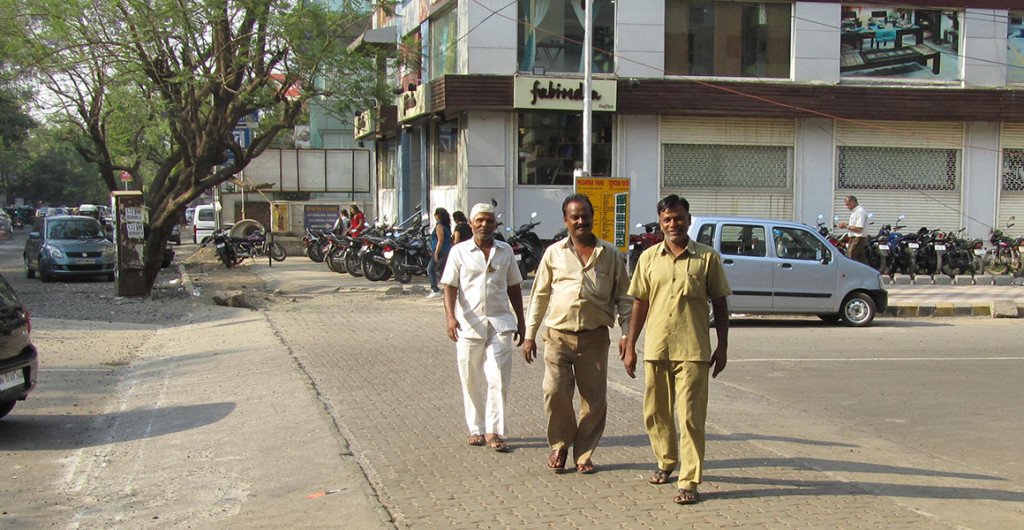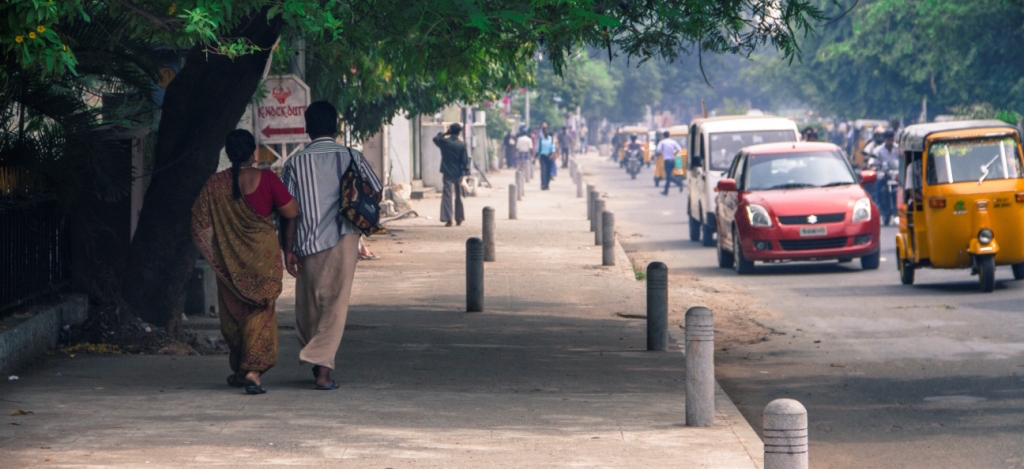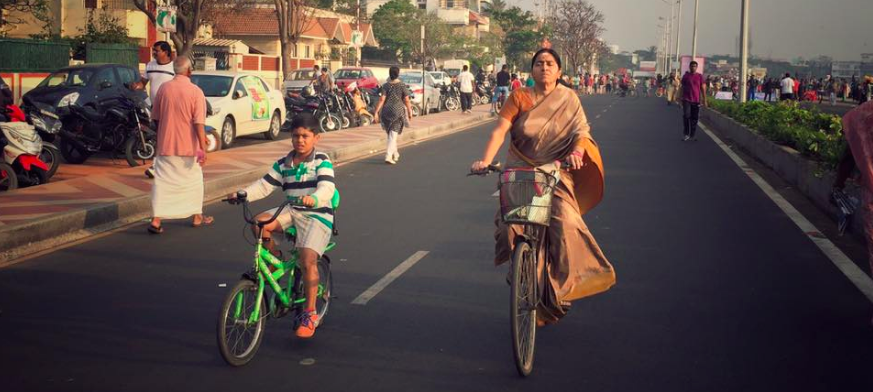Thane is a fast growing city situated in the state of Maharashtra, adjacent to the city of Mumbai. As per the 2011 Census, the city had a population of about 1.8 million. Due to high cost of living in Mumbai, and presence of rail connectivity between the two cities, a large number of people reside in Thane and travel to Mumbai for work every day. As a result, Thane railway station is the focal point of most trips in the city, attracting a significant number of commuters who take buses, rickshaws or walk to access the station.
The city has grown rapidly over the last couple of decades. The west- and east-ward expansion of the city is constrained due to presence of natural features like hills and water bodies respectively, and the mega city of Mumbai itself lies on southwest of Thane. This leaves mostly only the north and northwest areas available for further development. These areas are served by Ghodbunder Road, and the geographical constrains mean that most development is within 2 km from this arterial road. This road is therefore ideally suited to be a good model of transit-oriented development.
To address the transportation needs of these areas, ITDP was invited by the Thane Municipal Corporation to provide technical support to develop rapid transit in the region, along with better walking and cycling facilities. ITDP signed an MoU with the Thane Municipal Corporation on 2nd April 2016 to assist the city in these projects. In addition to improving pedestrian and cycling infrastructure in the city, ITDP will also carry out comprehensive assessments to understand existing situation and propose a holistic transport solution for the city.

Thane Municipal Corporation and ITDP sign an MoU to develop comprehensive transport solutions for the city.
These sustainable transport projects, together with residential and commercial development in the region, can help transform Thane into a model of Transit-Oriented Development (TOD) in the future.




